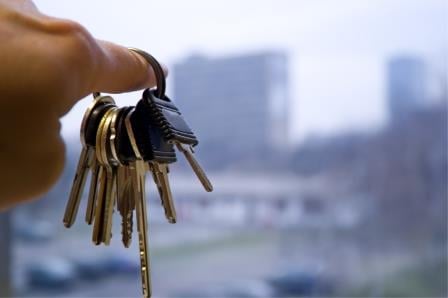Closing the education gap could offset the negative effect of increasing population diversity on ownership

Homeownership among young adults aged 25 to 44 years old has been on a steady decline in the last decade, racking up a loss of 10 percentage points in the said period.
A study by Dowell Myers of the University of Southern California and Patrick Simmons of the Economic and Strategic Research Group found that increasing population diversity has a negative impact on homeownership in this segment of the market.
In a Fannie Mae report on the study, it was suggested that increasing minority shares could lead to a decrease of 0.5% to 1% in the young adult homeownership rate over the next 20 years.
To counter its negative impact, the authors said emphasis should be placed on increasing education, particularly tertiary level opportunities for minorities, which are becoming a bigger part of the young adult demographic.
Myers and Simmons added that the rising trend of education levels in this segment could in turn result in a 1.5% increase in homeownership in the next two decades.
“[C]losing interracial gaps in education could generate an even larger future increase in the young-adult homeownership rate of roughly 2.5%. Addressing gaps in income and wealth could also yield 6% to 7% increases over the next 20 years in homeownership rates.”
This could be achieved by improving access to college education, the authors said, because a college degree often translates to increases in income and wealth creation opportunities.
Related stories:
Top servicer returns customer service operations
A study by Dowell Myers of the University of Southern California and Patrick Simmons of the Economic and Strategic Research Group found that increasing population diversity has a negative impact on homeownership in this segment of the market.
In a Fannie Mae report on the study, it was suggested that increasing minority shares could lead to a decrease of 0.5% to 1% in the young adult homeownership rate over the next 20 years.
To counter its negative impact, the authors said emphasis should be placed on increasing education, particularly tertiary level opportunities for minorities, which are becoming a bigger part of the young adult demographic.
Myers and Simmons added that the rising trend of education levels in this segment could in turn result in a 1.5% increase in homeownership in the next two decades.
“[C]losing interracial gaps in education could generate an even larger future increase in the young-adult homeownership rate of roughly 2.5%. Addressing gaps in income and wealth could also yield 6% to 7% increases over the next 20 years in homeownership rates.”
This could be achieved by improving access to college education, the authors said, because a college degree often translates to increases in income and wealth creation opportunities.
Related stories:
Top servicer returns customer service operations



